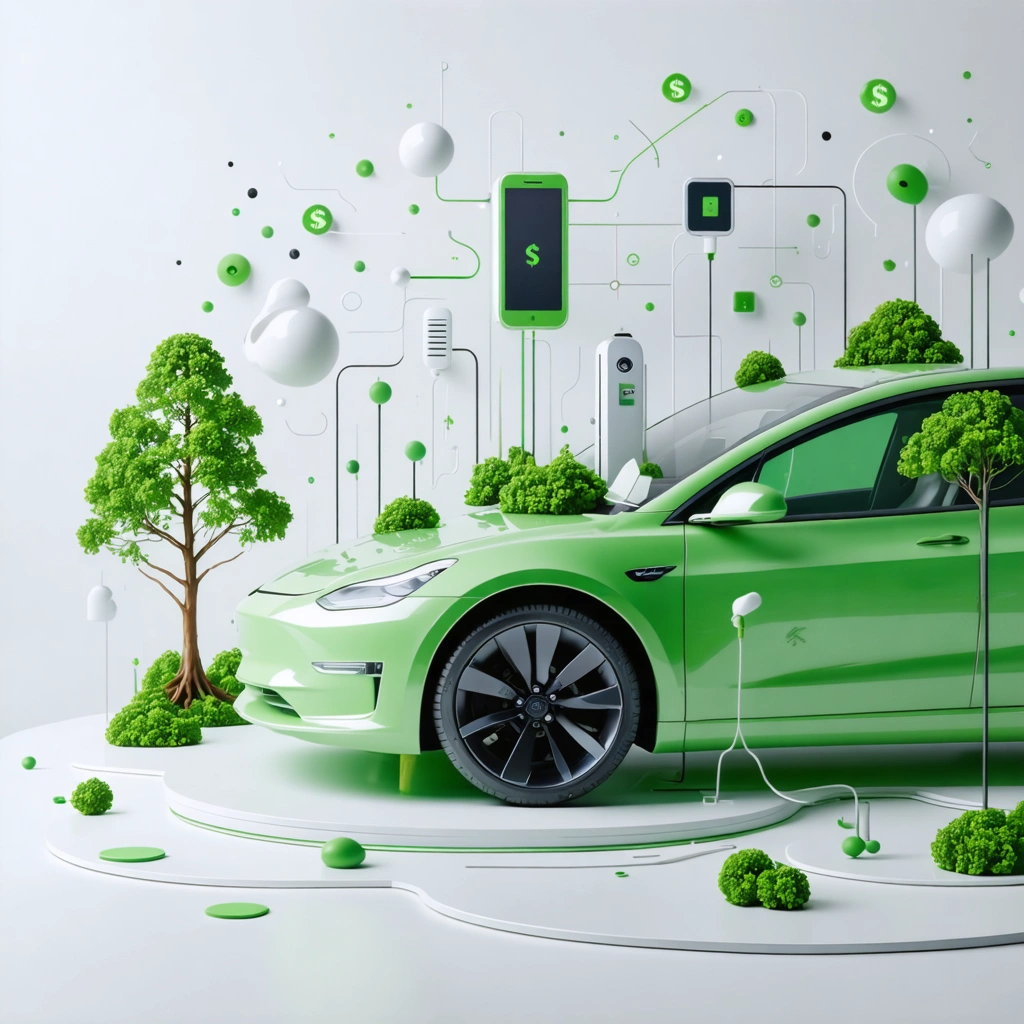
Introduction: The Economic Opportunity in EV Charging
In today’s rapidly evolving transportation landscape, electric vehicles (EVs) capture global attention. Many drivers now discover that they can save hundreds of dollars each year on charging costs. Business experts and industry leaders emphasize that retrospective cost-saving opportunities exist. Furthermore, innovative utility programs, smart charging solutions, and dynamic pricing models contribute to these savings. As a result, numerous drivers adapt their charging habits to benefit financially and contribute to a more sustainable future. Consequently, this article explores practical tactics that reveal hidden savings within EV charging infrastructure.
Understanding the EV Charging Ecosystem
Drivers’ Financial Benefits
Business professionals typically experience considerable cost savings by examining utility rate plans, time-of-use (TOU) pricing, and other special programs. In addition, drivers who maximize flexibility in charging times often claim significant savings. For instance, some utility programs offer favorable rates during off-peak hours when energy demand decreases. Therefore, drivers often tailor their charging schedules wisely for optimal economic advantages. Numerous drivers have reported direct savings, and many businesses adopt similar strategies to control operational costs. Below is a bullet list summarizing key financial benefits:
- Reduced charging costs during lower energy price periods
- Enhanced financial planning through dynamic pricing
- Improved energy management with smart charging solutions
- Boosted overall cost-efficiency for fleet managers
How Utility Programs Work
Many utility companies roll out innovative programs that reward energy efficiency. Typically, these programs target off-peak charging, dynamic pricing models, and renewable energy credits. Consequently, many EV drivers inadvertently miss central opportunities to optimize their charging costs. Remarkably, a select group of programs motivates drivers to use smart charging systems which monitor energy consumption in real time. In addition, utilities streamline customer usage through mobile applications and online dashboards. The following numbered list highlights common strategies:
- Enroll in utility incentive plans
- Adopt flexible charging schedules to exploit peak-off rates
- Utilize smart charging technology for real-time monitoring
- Integrate renewable energy contracts to minimize environmental impact
These examples illustrate that straightforward behavior changes lead toward substantial long-term savings.
Business Strategies to Maximize EV Charging Savings
Leverage Technology and Data Analytics
Innovative companies seize significant financial advantages by embedding data analytics tools in their operations. Industry leaders design applications that deliver insights into historical energy consumption. They then use these insights to forecast future needs and schedule charging sessions during the most cost-effective times. Furthermore, companies compare real-time data against forecasted patterns using comprehensive dashboards. Additionally, companies incorporate tables displaying electricity cost trends to simplify decision-making processes. The table below serves as an example:
| Time Slot | Average Cost (¢/kWh) | Recommendation |
|---|---|---|
| 12:00 AM – 6:00 AM | 8 | Optimal Charging |
| 6:00 AM – 12:00 PM | 12 | Moderate Use |
| 12:00 PM – 6:00 PM | 18 | Minimize Charging |
| 6:00 PM – 12:00 AM | 14 | Selective Charging |
Notably, these tables help stakeholders draw immediate conclusions. Therefore, businesses uncover hidden saving opportunities and optimize their operations.
Policy Initiatives and Partnerships
Government initiatives often promote financial benefits for EV drivers while supporting energy efficiency. Many local governments and corporations come together to design incentives aimed at reducing EV charging costs. Moreover, policymakers provide grants and tax credits that further enhance affordability. At the same time, various partnerships between utilities and technology firms lead to better monitoring systems. Such initiatives support cost-effective charging for private and commercial fleets alike. In particular, companies usually publish case studies that articulate success stories, which enable other organizations to implement similar saving techniques.
Innovative Approaches and Future Prospects
Smart Charging Solutions
Innovative technologies drive numerous businesses to adopt smart charging systems that ensure efficiency and cost control. These solutions operate by automatically selecting the best times to charge vehicles. They then communicate with grid operators to optimize load balancing and energy management. Therefore, a myriad of drivers and fleet managers record significant cost reductions. The systems integrate seamlessly with advanced mobile applications and offer real-time insights. As a result, drivers reinforce habits that yield long-term financial advantages. Smart charging becomes a critical pillar in the shift toward sustainable energy practices and profitable operations.
Market Implications and Future Trends
Market research indicates that EV charging trends evolve continuously. As more drivers and businesses adopt smart charging practices, market forces gradually drive down energy expenses. In addition, utility companies invest actively in advanced metering and pricing strategies. Consequently, innovation sparks competitive advantages that benefit all stakeholders. New research suggests that EV growth continues to expand while corresponding savings amplify across industries. Moreover, industry leaders plan strategic investments in renewable energy sources that promote dynamic pricing infrastructure. The trends indicate promising prospects for drivers and industry professionals, who then capitalize on upgraded charging networks.
Conclusion: Unlocking Potential Savings
In conclusion, numerous opportunities exist for drivers and businesses to maximize their savings in EV charging. By analyzing utility programs, implementing smart charging, and exploring technological partnerships, many drivers realize significant economic benefits. In addition, forward-thinking companies arrange detailed data analytics that bolster cost-saving initiatives. For example, integrating technology, policy initiatives, and partnership programs unlocks hidden savings in EV charging. Thus, the narrative of enhanced financial planning continuously reinforces the importance of strategic investments. Driven by innovation and supported by utility companies, the EV market benefits all stakeholders. Consequently, continuous improvements in infrastructure and technology ensure that every driver can enjoy the economic rewards readily available within the EV charging ecosystem. In summary, the article highlights dynamic strategies, emerging technologies, and proactive policies that drive substantial cost savings. Moreover, the narrative underscores each step of energy efficiency gained from smart systems to policy collaborations. Therefore, every driver and business must remain vigilant and adapt promptly. By following the strategies outlined above, they secure long-term financial gains and contribute to building a sustainable energy future.




